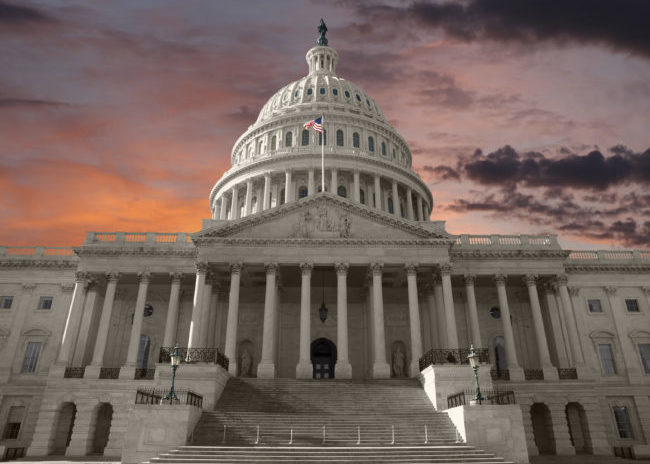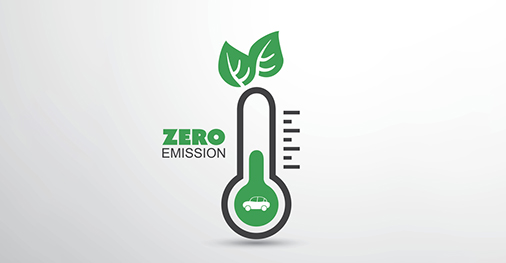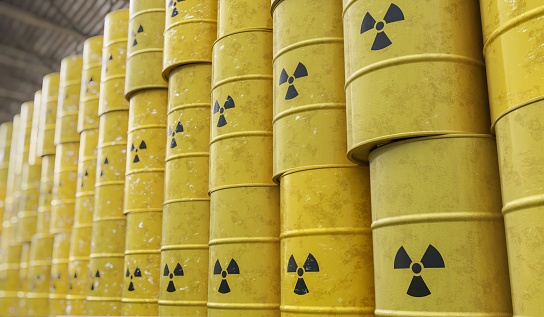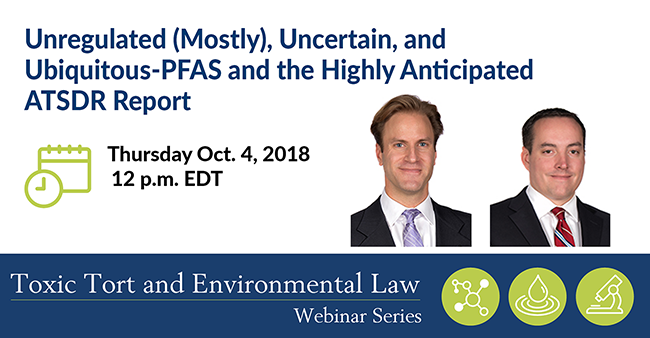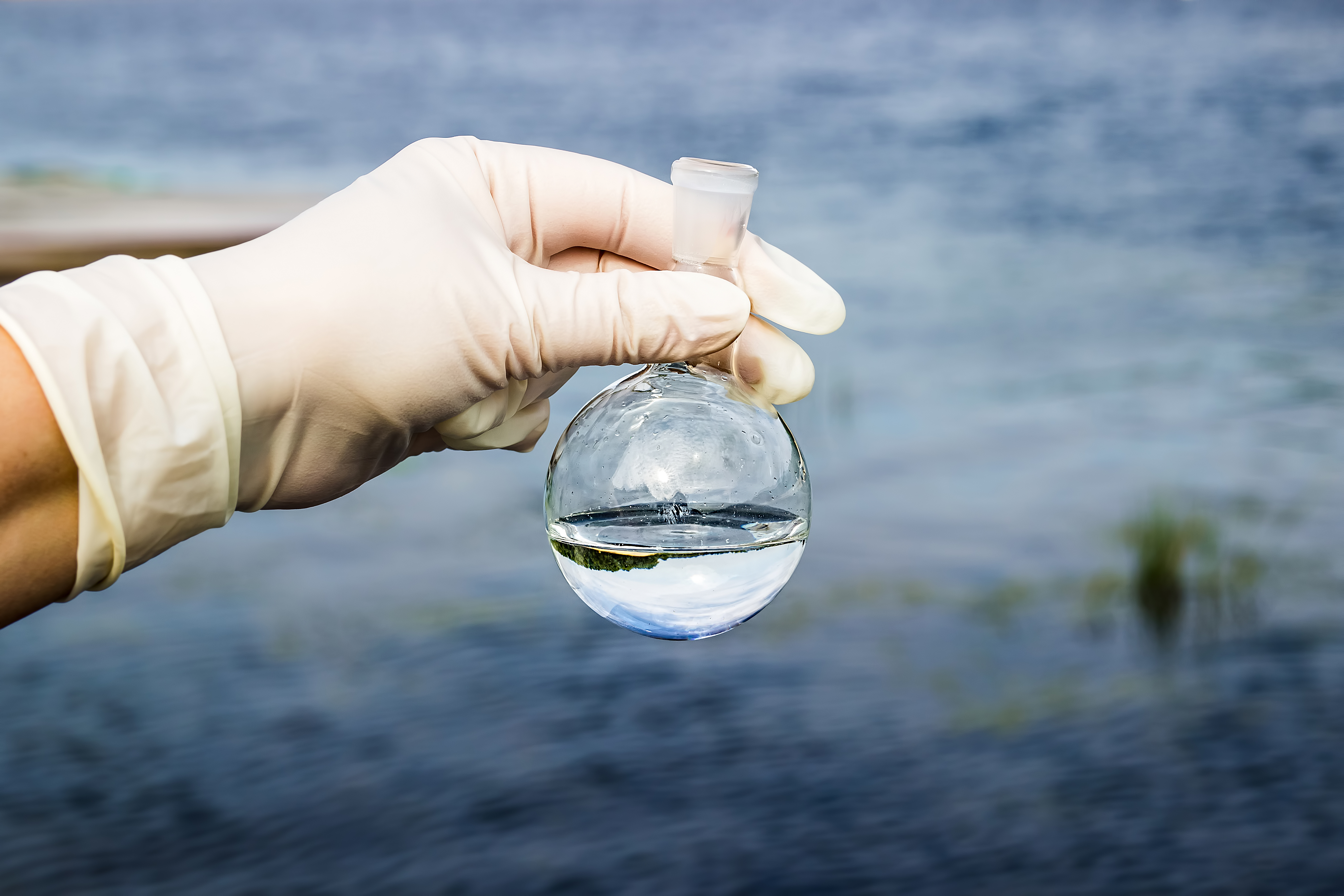The federal government has again sought a stay in the climate change lawsuit filed by 21 minors, known as the Juliana case. The lawsuit was filed in 2015 against President Obama and numerous federal agencies, claiming that the executive branch contributed to climate change in violation of the children’s rights under the Fifth and Ninth Amendments to the Constitution and an asserted federal public-trust doctrine. The children are seeking a declaration from the U.S.D.C. for the District Court of Oregon that the executive branch must …
Continue Reading